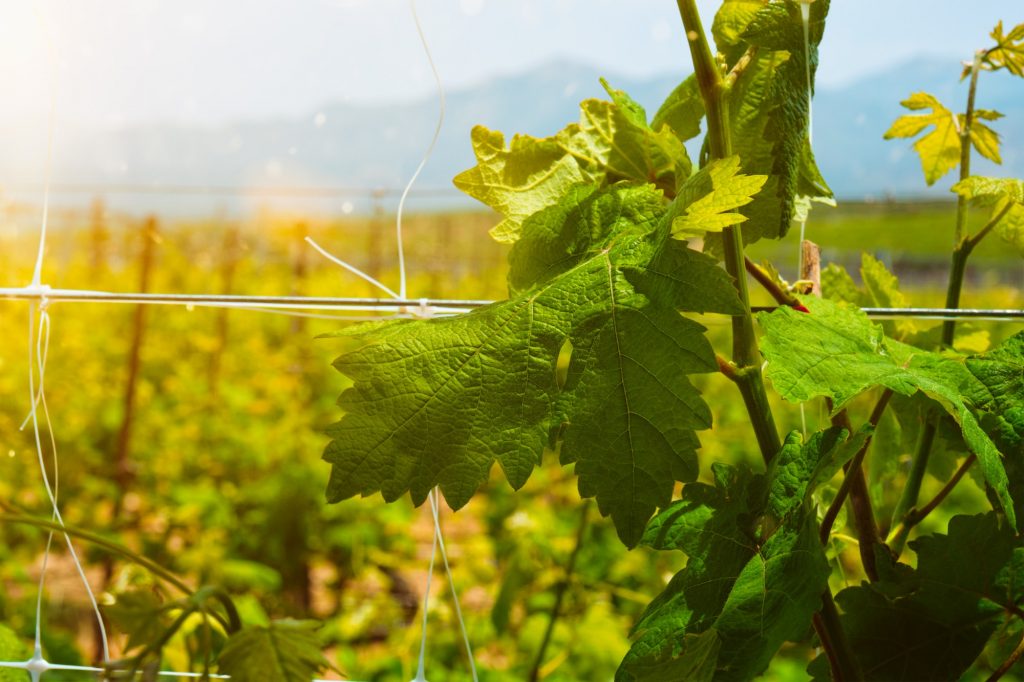Introduction to Climate and Terroir
Definition of Terroir
Terroir is a French term that refers to the unique combination of natural factors that influence a vineyard’s growing conditions, including climate, soil, and topography. This combination of factors can significantly impact the taste, aroma, and quality of the wine produced from the grapes grown in a particular region.
Climate and Its Importance
The climate is a crucial factor in determining the suitability of a region for wine production. The right climate can help grapes achieve their full potential, contributing to the unique characteristics of the wine. Climate can be categorised into macroclimate, mesoclimate, and microclimate, with each level having a different impact on grapevine growth and wine quality.
The Role of Climate in Wine Making
Temperature
Temperature is a critical factor in wine production, as it affects the ripening process, sugar and acid levels, and the overall quality of the grapes. Warmer climates typically produce grapes with higher sugar content and lower acidity, while cooler climates produce higher acidity and lower sugar levels. Different grape varieties thrive in different temperature ranges, which is why certain types of wine are associated with specific regions.
Sunlight and Photosynthesis
Sunlight plays a crucial role in the growth and development of grapevines. Photosynthesis, the process by which plants convert sunlight into energy, influences the ripening of grapes, the development of flavours, and the accumulation of sugars. The amount and intensity of sunlight a vineyard receives can significantly impact the quality and style of the wine.

Rainfall
Rainfall is another important factor, as it affects grapevine growth, disease pressure, and the concentration of flavours in the grapes. Too much rain can dilute the flavours in the grapes, while too little can stress the vines and limit grape production. The timing of rainfall throughout the growing season can also significantly impact the final wine.
The Role of Terroir in Wine Making
Soil Composition
Soil composition can profoundly affect the quality and character of the wine produced. Different soil types can provide varying levels of nutrients, water retention, and drainage, which can influence the growth of the grapevines and the concentration of flavours in the grapes. Some grape varieties have a strong affinity for specific soil types, contributing to the unique characteristics of wines from particular regions.
Elevation and Slope
Elevation and slope can influence the microclimate of a vineyard and, in turn, the quality and style of the wine produced. Higher elevations often experience cooler temperatures and greater temperature fluctuations between day and night, which can result in grapes with more balanced acidity and sugar levels. Slope affects the angle at which sunlight hits the vines and the drainage of the soil, both of which can influence grape growth and the ultimate quality of the wine.
Local Flora and Fauna
The surrounding flora and fauna can also contribute to the terroir of a region. Local plants can impact the microclimate, soil composition, and even the aroma compounds found in the grapes. Similarly, fauna like insects, birds, and microorganisms can influence vine health and the natural balance of the vineyard ecosystem. These factors can ultimately affect the characteristics of the wine produced in a given region.
Effects on Wine Characteristics
Flavour Profiles and Aroma
The combination of climate and terroir profoundly impacts the flavour profile and aroma of a wine. Each grape variety has its unique characteristics, further influenced by the growing conditions in a particular region. This results in wines with various flavour profiles, from fruity and floral to earthy and spicy.
Acidity, Tannins, and Body
Climate and terroir also affect other wine characteristics, such as acidity, tannins, and body. Cooler climates generally produce wines with higher acidity, while warmer climates produce wines with lower acidity and more robust flavours. Tannins, which come from the grape skins, seeds, stems, and oak barrels used for ageing, can be influenced by factors such as soil composition and grape variety. The body of a wine, or its weight and texture on the palate, can be affected by factors like grape ripeness, sugar levels, and alcohol content – all of which are influenced by climate and terroir.
Conclusion
The influence of climate and terroir on winemaking is immense, contributing to the diversity and complexity of wines worldwide. By understanding the role these factors play in shaping the unique characteristics of a wine, we can better appreciate the art and science behind each bottle. Whether you’re a casual wine enthusiast or a seasoned connoisseur, the next time you raise a glass, take a moment to consider the impact of climate and terroir on the wine you’re enjoying.
FAQs
- What is the difference between macroclimate, mesoclimate, and microclimate? Macroclimate refers to the overall climate of a region, while microclimate refers to the climate of a specific vineyard site. Conversely, microclimate refers to the specific conditions within the vineyard, such as the climate around individual vines or clusters.
- Can the same grape variety produce different wines depending on the climate and terroir? The same grape variety can produce vastly different wines when grown in different climates and terroirs. Factors such as temperature, sunlight, rainfall, soil composition, and elevation can all impact the wine’s flavour profile, aroma, and overall quality.
- Why do some grape varieties grow better in specific regions? Each grape variety has its own unique set of characteristics and preferences for climate and terroir. Certain grape varieties thrive in specific conditions, such as cooler or warmer temperatures, different soil types, or varying levels of sunlight. This is why some grape varieties are more commonly associated with particular regions.
- How does soil composition affect wine quality? Soil composition can influence the nutrients available to grapevines, water retention and drainage, and even the temperature of the soil. These factors can impact the growth and development of the vines, the concentration of flavours in the grapes, and, ultimately, the quality and character of the wine produced. Some grape varieties also have a strong affinity for specific soil types, contributing to the unique characteristics of wines from particular regions.
- What is the impact of elevation and slope on winemaking? Elevation and slope can influence the microclimate of a vineyard, affecting factors such as temperature, sunlight exposure, and soil drainage. Higher elevations typically experience cooler temperatures and greater temperature fluctuations between day and night, resulting in grapes with more balanced acidity and sugar levels. The slope of a vineyard can affect the angle at which sunlight hits the vines and the drainage of the soil, both of which can influence grape growth and the ultimate quality of the wine.
